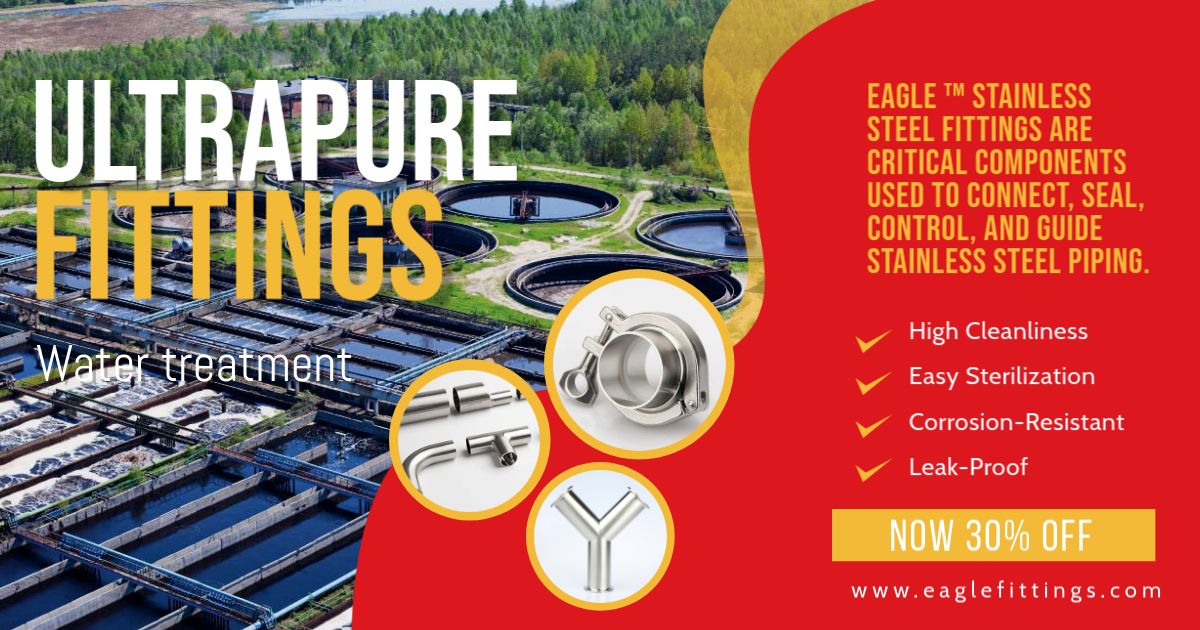When designing or upgrading a fluid control system, choosing between a butterfly valve and a ball valve can significantly impact efficiency, cost, and long-term performance. While both valves have their merits, butterfly valves often provide distinct advantages in specific scenarios. In this guide, we’ll explore why industries worldwide opt for butterfly valves and how Eagle Valves delivers high-performance solutions tailored to diverse needs.
Butterfly Valves vs. Ball Valves: Key Differences
Understanding the core differences helps clarify why butterfly valves are often the better choice:
| Feature | Butterfly Valve | Ball Valve |
|---|---|---|
| Design | Compact disc rotates 90° | Spherical ball with a bore |
| Weight | Lightweight | Heavy |
| Space Requirements | Minimal | Bulky |
| Cost | Lower upfront and installation costs | Higher material and labor costs |
| Flow Control | Ideal for throttling | Best for on/off applications |
| Pressure Handling | Moderate (up to Class 600) | High (up to Class 1500) |

5 Reasons to Choose Butterfly Valves Over Ball Valves
1. Cost Efficiency
Butterfly valves are 30–50% cheaper than ball valves in both purchase and installation. Their lightweight design reduces shipping costs, and simpler installation cuts labor time.
Eagle Advantage: Eagle’s butterfly valves are competitively priced without compromising materials or durability, offering long-term savings for budget-conscious projects.
2. Space-Saving Design
Butterfly valves require less space due to their slim profile. This makes them ideal for:
Tight Plant Layouts: Compact installations in HVAC systems or water treatment plants.
Retrofits: Upgrading old systems without major pipeline modifications.
Eagle’s Compact Solutions: Eagle’s wafer-style butterfly valves are engineered for confined spaces, reducing the need for costly pipe adjustments.
3. Faster Operation
The 90° lever or gearbox operation of butterfly valves allows quick opening/closing, which is critical for:
Emergency Shut-Offs: Rapid isolation during leaks.
Frequent Adjustments: Throttling flow in water distribution or chemical dosing.
Eagle’s Quick-Acting Valves: Features like low-torque designs and ergonomic handles ensure smooth, fast operation even in high-cycle applications.
4. Lower Maintenance
With fewer moving parts and robust sealing options, butterfly valves require less upkeep.
Resilient Seats: Eagle’s EPDM or PTFE seats resist wear and corrosion.
Easy Access: Lug-style designs allow removal without disassembling the entire pipeline.
5. Versatility Across Industries
Butterfly valves adapt to a wide range of fluids and environments:
Water & Wastewater: Handle slurries and large volumes efficiently.
Food & Beverage: Sanitary designs with CIP (Clean-in-Place) compatibility.
HVAC: Precise temperature control in heating/cooling systems.
Eagle’s Custom Options: Choose from triple-offset designs for high-pressure steam or fire-safe valves compliant with API 607 standards.

When to Choose Ball Valves Instead
Ball valves still excel in certain scenarios:
High-Pressure Systems: Oil/gas pipelines requiring Class 1500+ ratings.
Bubble-Tight Shut-Off: Hazardous chemicals or gases where zero leakage is critical.
Why Eagle Butterfly Valves Stand Out
Eagle combines engineering excellence with practical innovations to address common valve challenges:
1. Superior Materials
Body: Ductile iron, stainless steel, or nickel alloys for corrosion resistance.
Disc: Coated or polished surfaces to reduce friction and wear.
2. Advanced Sealing Technology
Triple-Offset Design: Metal-to-metal seals for zero leakage in high-temperature applications.
Fire-Safe Options: Meet API 607/6FA standards for oil refineries and chemical plants.
Real-World Applications of Eagle Butterfly Valves
Power Plant Cooling Systems: Triple-offset valves handle 400°F steam without leakage.
Brewery CIP Systems: Sanitary butterfly valves ensure hygienic fluid transfer.
Shipbuilding: Lightweight valves reduce vessel weight without sacrificing durability.
Common Mistakes to Avoid
Ignoring Fluid Compatibility: Chemical corrosion can degrade incompatible materials.
Undersizing Valves: Calculate Cv (flow coefficient) accurately to prevent pressure drops.
Skipping Maintenance: Lubricate stems annually and inspect seals for wear.
Butterfly valves offer unmatched cost savings, space efficiency, and operational speed for most moderate-pressure applications. While ball valves remain essential for high-pressure systems, Eagle Valves ensures you get the right solution through certified quality, innovative designs, and global compliance.









